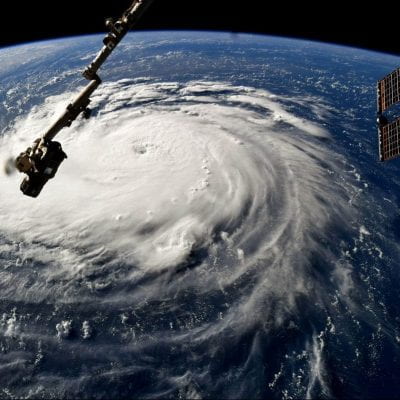Turbulence Itself

Photo by NASA via Getty Images
Turbulence organizes energy onto structures of different sizes in a way that we try to understand, since it determines transport on almost all macroscopic scales including those in the atmosphere that determine the climate.

Photo credits to NASA
Hypersonic flight produces extreme flow conditions. Turbulence dissipates energy at a rate that depends on these conditions.

Photo credits to NASA
The dissipation rate of energy by turbulence, for instance, depends on the compressibility of the flow, which varies widely not only on earth but also throughout the universe.
Turbulence and Flight

Experiments on the interplay between turbulence and small aircraft provide the framework needed to improve control and to allow small aircraft to fly for longer and in more turbulent environments.

We study how birds respond to gusts — they fly proficiently even on windy days and this inspires new design ideas.

Particle-Fluid Flows

Image from visibleearth.nasa.gov
Clouds are the largest source of uncertainty in climate prediction. Turbulence is part of their evolution on scales as large as kilometers and as small as millimeters.

Cloud droplets collide to form rain drops. Near-contact droplet dynamics are modified by hydrodynamic interactions. How does turbulence modify collision rates? The answer determines the lifetime of a cloud.

Turbulence affects the evolution of mobile beds and sediment motion in many naturally occurring flows including rapids and crashing waves.
